The US Zigbee Automation Market is witnessing significant trends driven by the increasing need for smart home solutions. Homeowners are increasingly interested in connectivity and automation, which enhance convenience, security, and energy efficiency. Government initiatives that promote the development of smart cities and homes are also key market drivers, leading to widespread adoption of Zigbee technology in various sectors such as residential, commercial, and industrial automation. Furthermore, the trend towards energy management is becoming more pronounced as consumers seek efficient ways to monitor and control energy usage.
Zigbee's low power consumption and interoperability with various devices make it an appealing choice for consumers aiming to reduce energy costs.
Innovations in technology continue to open new avenues in the US market, especially as smart home devices become more affordable and accessible. Manufacturers are increasingly focusing on developing products that integrate Zigbee with other automation technologies, creating opportunities to capture a broader audience. The rise of the Internet of Things (IoT) is specifically shaping the landscape, with Zigbee being a key player in enabling seamless communication between an array of smart devices.
US consumers are also becoming more aware of the benefits of home automation, driven by both media coverage and community awareness campaigns, which positions Zigbee as a preferred technology in smart home setups.
Moreover, recent trends reflect a growing inclination towards sustainable living, encouraging consumers to invest in smart devices that aid in resource conservation. The increasing integration of artificial intelligence with Zigbee applications is expected to further enhance user experience, paving the way for more sophisticated automation solutions. Overall, the US Zigbee Automation Market is evolving rapidly, driven by technological advancements and shifting consumer preferences for smart, efficient, and connected living solutions.
Source: Primary Research, Secondary Research, Market Research Future Database and Analyst Review


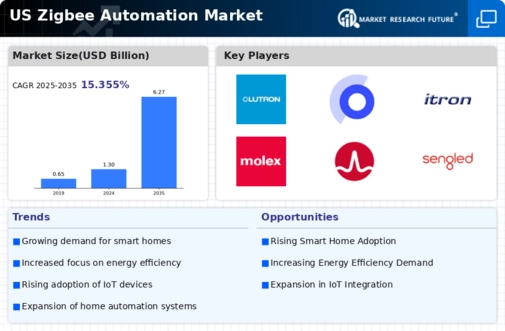
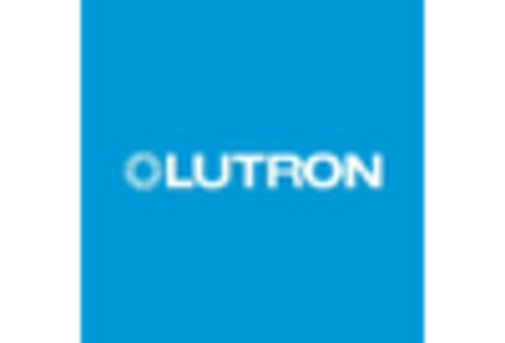

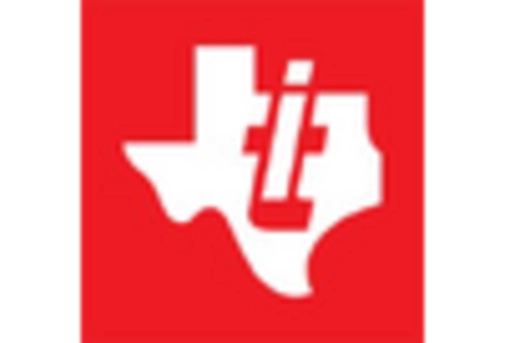
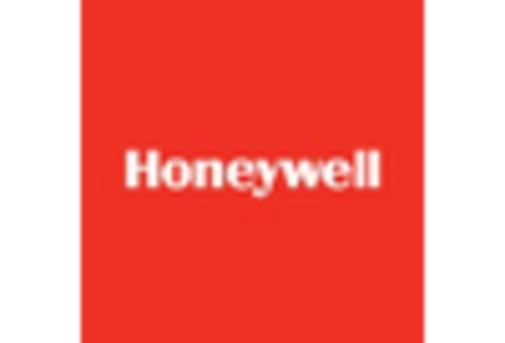
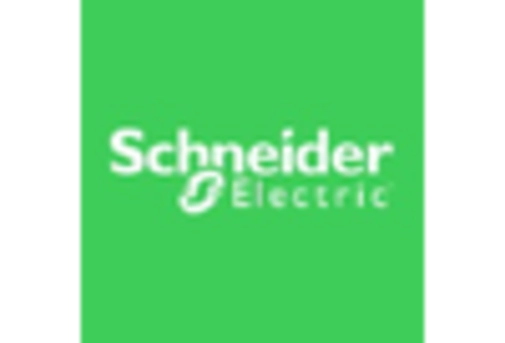
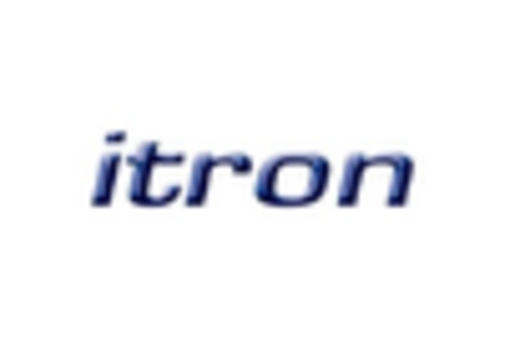
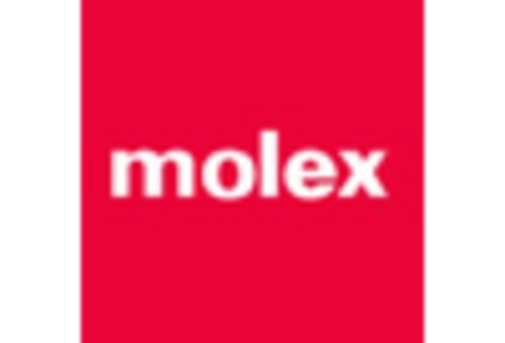
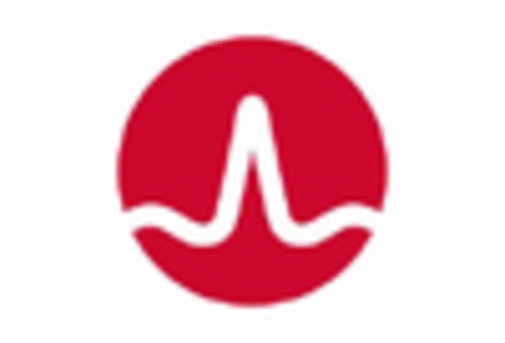
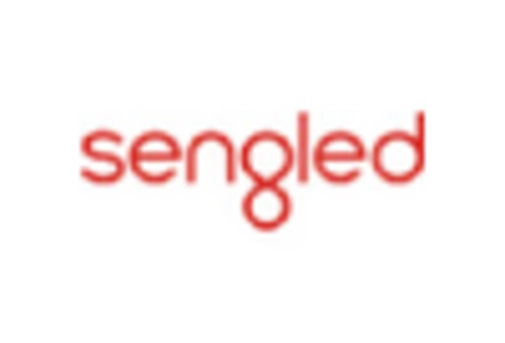








Leave a Comment